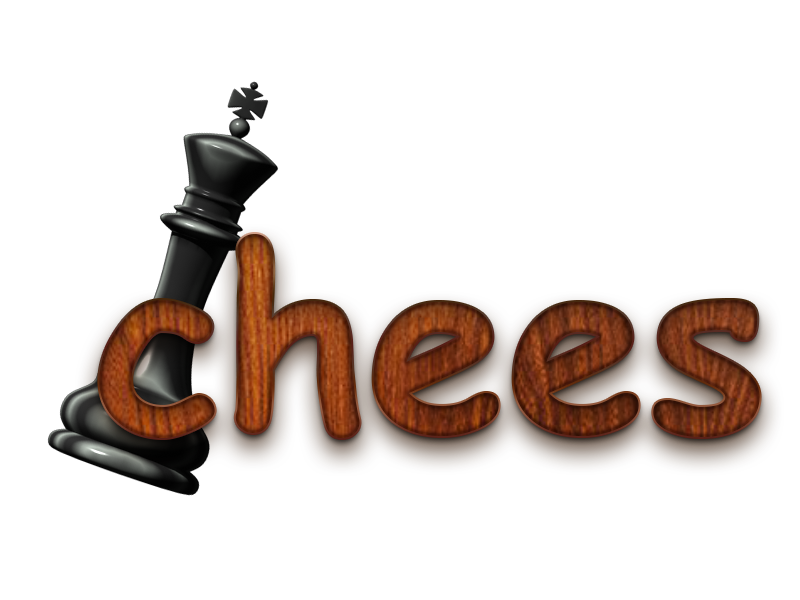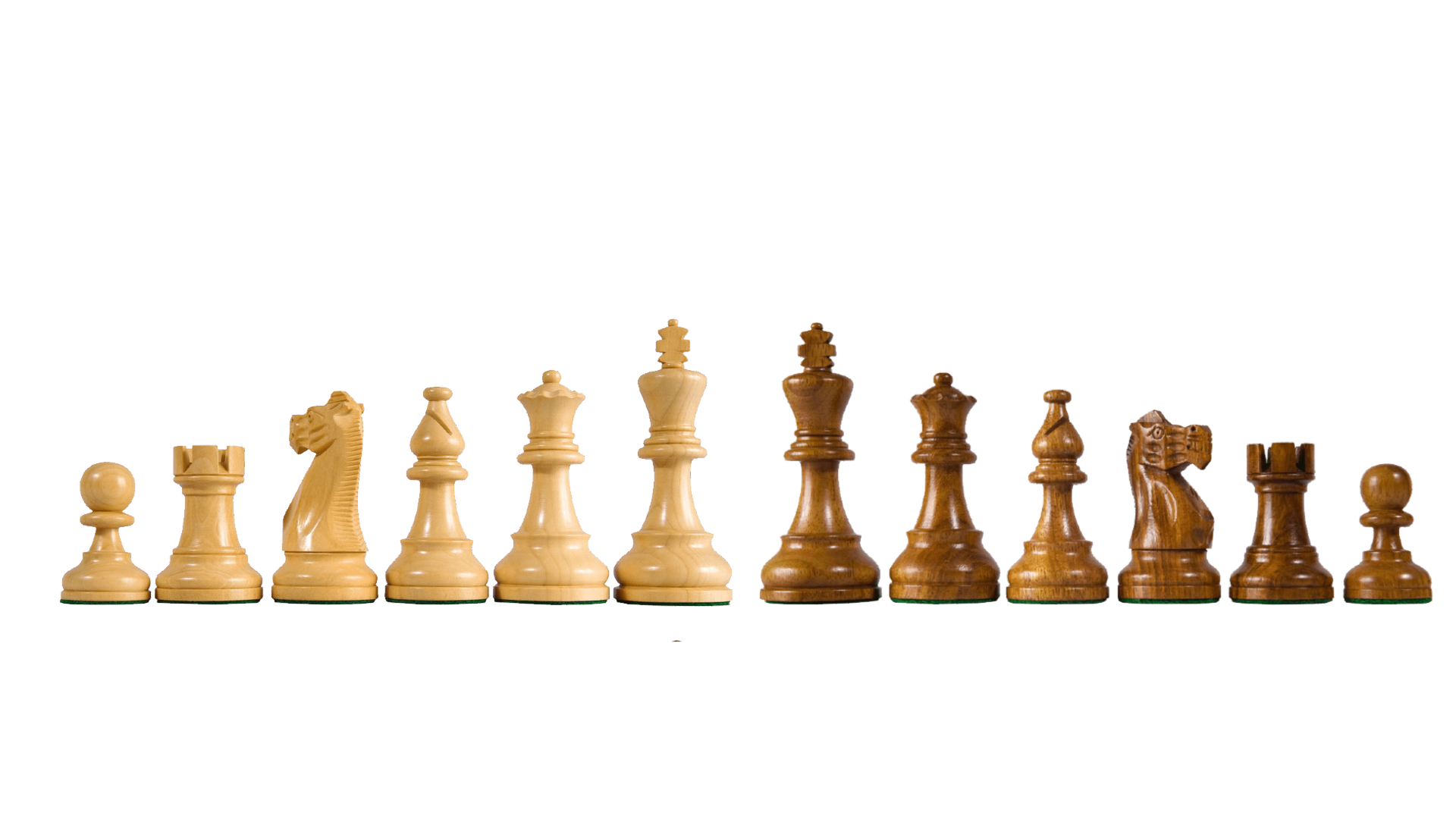What is Chess?
chess is a game that has been played for more than a thousand year. chess games played has changed the trajectory of history, caused empires to fall and defined peoples lives. it is based purely on strategy with no aspect of luck. It is played by two players, making moves in turns. both side has 16 pieces on a 8x8 board. The side with white pieces move first and can move any piece among 6 unique pieces on the board. both sides attack other sides piece and most importantly their king. first person to be able to capture opponents king wins.
The Rules
Chess is a complex game yet its easy to grasp once learned the fundamental rules. The side with white pieces start first and can do any legal moves. then one by one each side does moves.
En Passant
this rule is by far the most significant rule of the game. when a pawn is 2 rows away for the opponent pawn row. and a a pawn next to your pawn does a two square move so now it is adjacent to your pawn; you HAVE to capture it. the capture moves your pawn one diagonal forward and his pawn is captured even tho you didn't touch the square the opponents pawn was at. This rule is enforced and has to be played when possible without exception. and if not played: the oppurtunity is lost forever and cannot be played again!
Moving
Every piece has a unique way of moving.
- King: can move to any adjacent square around it. it cannot legally move to a square where it can be captures because that would end the game
- Rook: can go in a straight line in any 4 directions. cannot go past any pieces both his or opponents.
- Bishop: similar to a rook but can only go in 4 diagonals.
- Queen: has the capability of both the rook and the bishop.
- Knight: (most complex one by far) can go to any square thats 2 square forward and one square left and right from there. if imagined it would move in a L shaped path. can jump over pieces
- pawn: can only move forward except in its first move where it has the option to move two squares
Illegal Moves
illegal move is a move that would result in the instant capture of the king. you can also not move to a square where your piece is located at. or a square that blocked by another piece (except if knight is moving) Note: you can also not jump across boards in a tournament where boards are put next to each other.
Check Moves
if a move results in opponents king being under threat that is called a check. when there is a check, only moves that can be played has to either move away from the check, block the check or capture the piece that is checking. any other move is illegal.
Double Pawn Move
when a pawn hasn't moved yet player has the option to move the pawn two squares forward instead of the usual one square. this move is only available at the pawns first more for each pawn.
Castling
Castling is a unique form of move where the king and Rook from any side can slide across each other. it is a weird move. if there is no piece obstructing the way between the rook and the king and there is no threat on the king or the space between the rook and king; they can just change location where king gets to the side rook was at and vice versa but they are still touching each other just in opposite sides. yikes its hard to explain. you need a board to see it on. but idc.
Capture
a capture is when you put your piece on the same square as your opponents piece and their piece is captured. has to be removed from the board.
Pawn Capture
unlike every piece where they capture where they can move to. the pawn cannot capture where it can move. it can only capture the two diagonal squares in front of him; left diagonal and right diagonal.
Game Ending
the game can end in three ways; win lose or draw. each one has different ways of happening. the game can end in a victory in two different ways; checkmate and resignation.
Checkmate
a checkmate is when your/opponents king is checked and has no way of escaping, blocking or capturing the checking piece. in this case the game ends in a checkmate and its over. this is by far the most common ending.
Resignation
in any moment in the game you or your opponent can resign. and leave the game. in this case the game is lost obviously
Run out of time
if the game is played with a clock where both side has a limited amount of time for their moves. and any side fails to finish the game before their clock runs out it is a loss for them.
Stalemate
This is a form of draw, where if you have no legal moves left but also is not under check the game ends in a stalemate and it is a draw. most often happens when there is only king for the stalemated.
Draw by Insufficient Material
if both side doesn't have enough pieces to perform a checkmate the game ends in a draw. this consists of the following situations;
- king vs king
- king vs king+bishop
- king vs king+knight
- king+bishop vs king+bishop (if same colored bishops)
Draw by Repetition
if last three moves of both sides are the same the game ends in a draw like it or not. can be sometimes annoying because opponent might be losing but you have no good move so they just repeat themselves to get a unfair draw. but it has to be claimed by either side to be draw other wise game continues.
Draw by Agreement
if both sides agree to a draw. it is a draw... surely.
these are most of the rules you need to know. there are some uncovered here that isn't necessary to be known that much. niche situations etc.
The setup
before even starting the game, the board has to be setup. as told there are 6 unique pieces; King, Queen, Rook, Bishop, Knight and Pawn. These pieces have their spot in the board.
| Black Side | Rook | Knight | Bishop | Queen | King | Bishop | Knight | Rook |
|---|---|---|---|---|---|---|---|---|
| Pawn | Pawn | Pawn | Pawn | Pawn | Pawn | Pawn | Pawn | |
| White Side | Pawn | Pawn | Pawn | Pawn | Pawn | Pawn | Pawn | Pawn |
| Rook | Knight | Bishop | Queen | King | Bishop | Knight | Rook |

